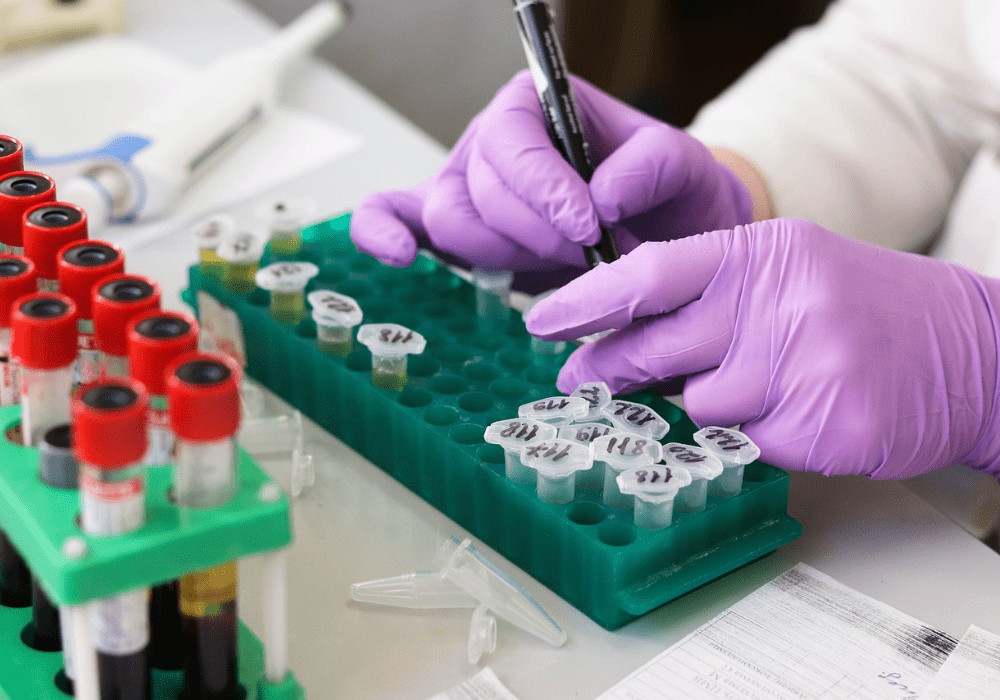
In September 2024, 193 delegations gathered during the 79th United Nations General Assembly (UNGA) to address the growing threat of antimicrobial resistance (AMR). AMR occurs when bacteria, viruses, fungi, and parasites evolve to withstand the effects of treatments, such as antibiotics. This makes common infections more difficult to treat, potentially reversing decades of medical advancements. The UN emphasized that without immediate action, AMR could cause millions of additional deaths each year, disproportionately affecting low- and middle-income countries. The high-level meeting on AMR called for coordinated global efforts to reduce the projected 10 million annual deaths by 2050 due to drug-resistant infections.
Continue reading “The Growing Global Threat of Antibiotic Resistance”





